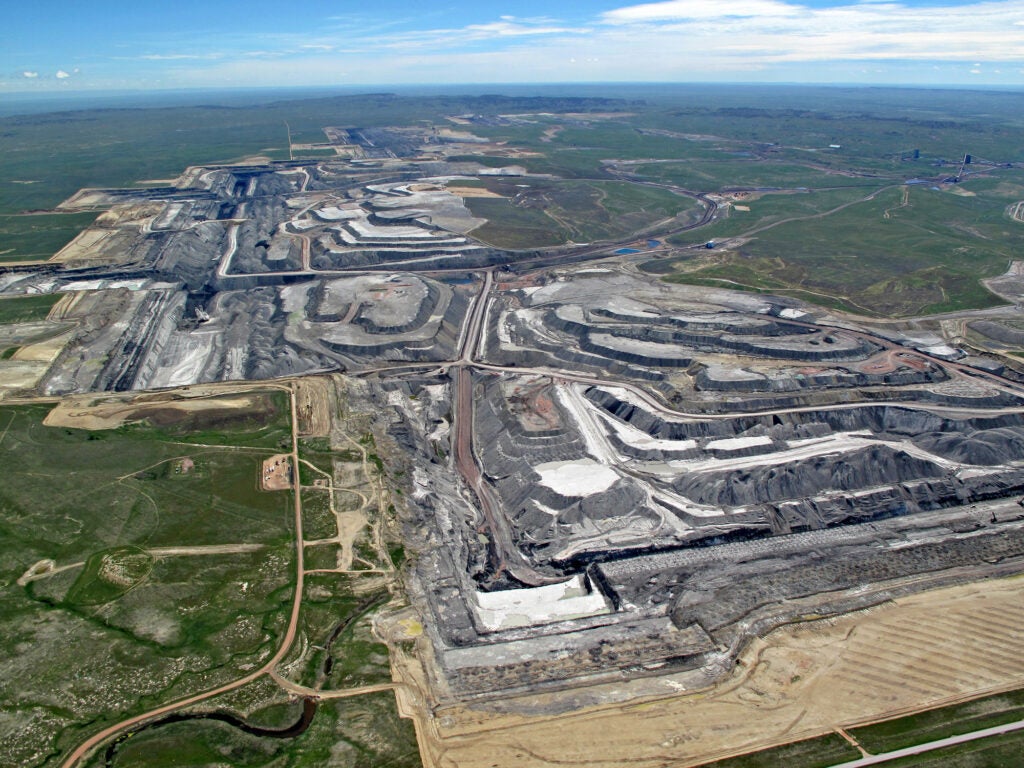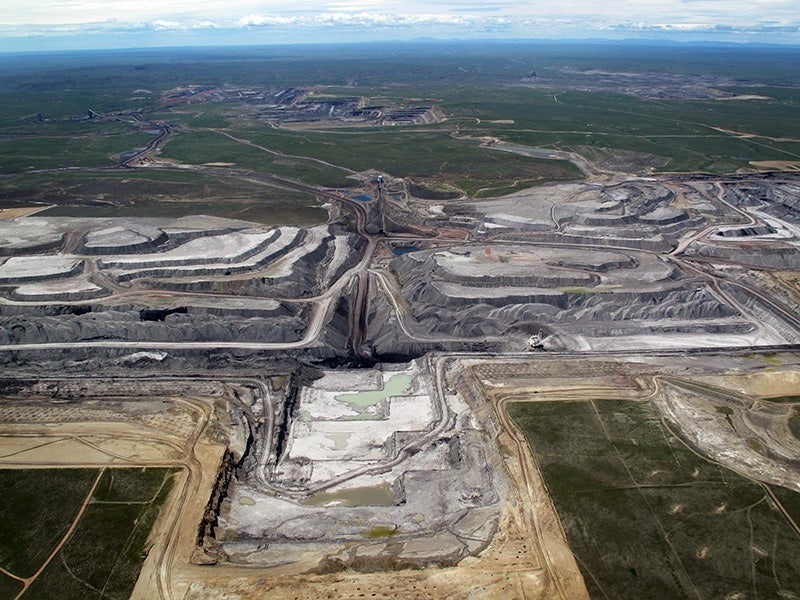Challenging Trump Administration’s Order to Open Public Lands to Coal Leasing
Coal mined from public lands contributes more than 40% of the United States’ coal and approximately 10% of its greenhouse gas pollution. Coal mining and combustion also impose heavy air quality and public health costs through emissions of nitrogen oxides, sulfur dioxide, particulate matter and mercury.
Case Overview
On March 29, 2017, a coalition sued the Trump administration over an order opening tens of thousands of acres of public lands to the coal industry. Interior Secretary Ryan Zinke’s order lifting a moratorium on federal coal leasing came a day after President Trump’s executive order rolling back protections for public health, climate, and the environment.
The lawsuit is being filed by Earthjustice on behalf of a coalition of local, regional and national groups working to protect public lands, air and water quality and the health of the planet, including: Citizens for Clean Energy, Montana Environmental Information Center, Center for Biological Diversity, Sierra Club, WildEarth Guardians and Defenders of Wildlife. The Northern Cheyenne Tribe is also suing to challenge the decision.
The pause in leasing was ordered in 2016 under the Obama administration to allow time to reform the federal program to protect the climate and American taxpayers. In just the first stage of that review, completed January 2017, the Interior Department found that coal mining fouls the air, pollutes streams and destroys wildlife habitat on public land. More than one-tenth of all U.S. greenhouse gas emissions, the pollution driving climate change, come from federal coal.
In addition to studying these impacts, the Interior Department previously committed to evaluate options for improving returns to taxpayers before resuming leasing. Internal Interior Department and independent Government Accountability Office audits have recently concluded that the current leasing system shortchanges taxpayers while subsidizing coal mining. The Trump administration’s decision to resume federal coal leasing will lock in these subsidies—in addition to harmful environmental impacts—before they are fully studied.
When the moratorium was put in place, the Interior Department estimated then-current federal leases produced enough coal to supply the country’s needs for 20 years. Further, Goldman Sachs analysts last year issued a report concluding that the “decline in long-term demand [for coal] appears to be irreversible.”
Coal mined from public lands contributes more than 40 percent of the United States’ coal and approximately 10 percent of its greenhouse gas pollution. Coal mining and combustion also impose heavy air-quality and public-health costs through emissions of nitrogen oxides, sulfur dioxide, particulate matter and mercury. Scientists have called on the United States to stop new coal leasing to help prevent the most catastrophic impacts of climate change.

Case Updates
Case page created on March 29, 2017.

